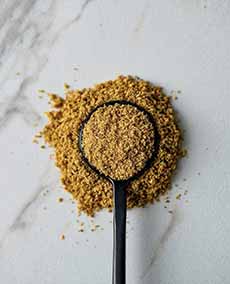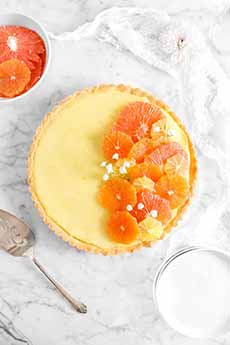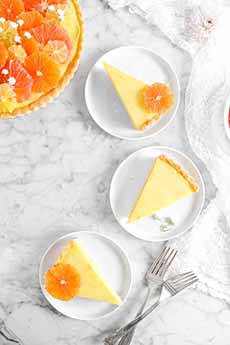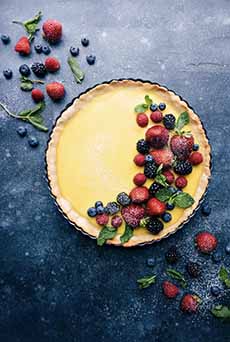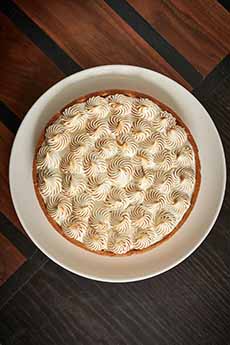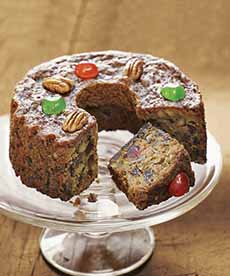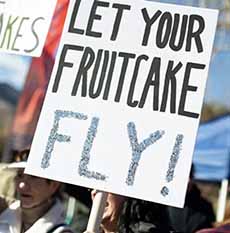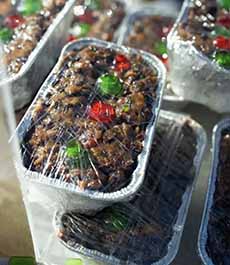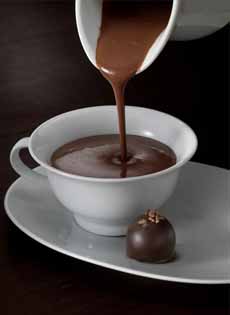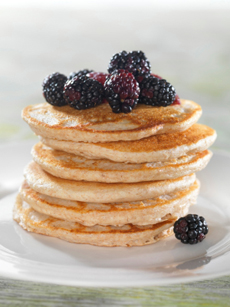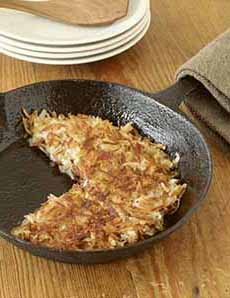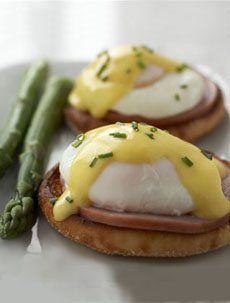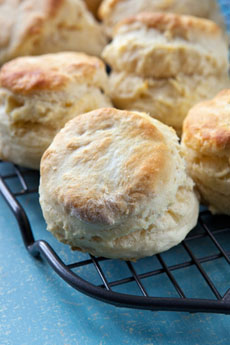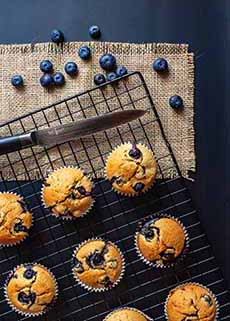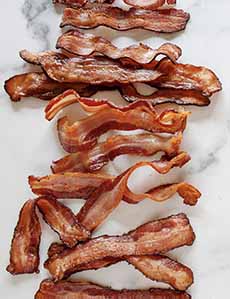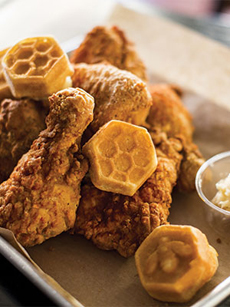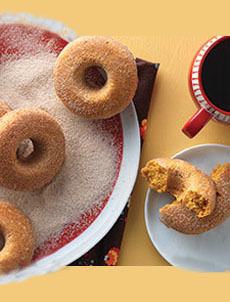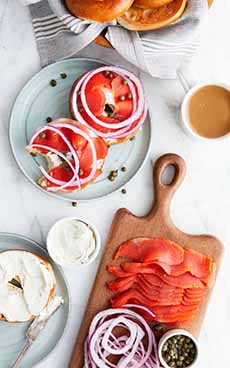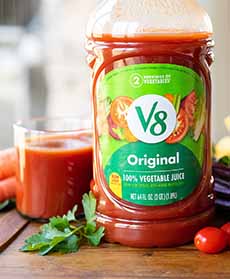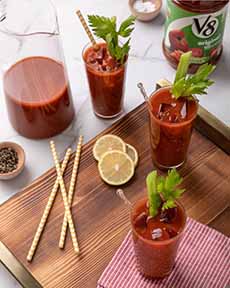|
Experts at one of the world’s top food and beverage flavor companies have officially identified the official 2024 Flavor of the Year. It’s Ube (OO-beh).
The “Flavor of the Year” was recently introduced in the 2024 Food and Beverage Flavor Trends Report, an annual publication by California-based T. Hasegawa USA, one of the world’s top 10 flavor manufacturers, based in California.
Each year, T. Hasegawa leverages its industry expertise, working with many of the world’s top food and beverage brands, to compile this trend report highlighting up-and-coming ingredients, culinary techniques and more.
The report notes that over the next four years:
Ube growth is predicted to outperform 88% of all other foods, beverages and ingredients.
It’s projected to grow more than 48% on U.S. menus (according to Datassential).
Sixty-seven percent of consumers say they are likely to purchase an ube-flavored beverage or dessert (according to Monin research) [source].
WHAT IS UBE?
Ube (photo #1), also known as purple yam (that’s not the same as purple sweet potato) is a starchy tuberous root that’s native to Southeast Asia and predominantly used in Filipino cuisine.
It has been a cultural staple in Filipino cuisine for more than 400 years.
The first printed reference is in Tagalog and Spanish dictionary published in 1613, although it no doubt [source].
The word means “yam” or “tuber” in Tagalog, a native language in the Philippines.
From a health and nutrition standpoint, ube is high in the photochemical anthocyanin, a strong antioxidant, which engenders its purple hue.
It’s also a good source of fiber and vitamin C.
In terms of history, appears to have originated in Bohol, an island province in the Philippines, specifically in the areas of Panglao Island and Guindulman.
How Does Ube Taste?
It’s noted for its vibrant violet and lavender hues, ube has a distinctive nutty and sweet flavor profile, with hints of vanilla.
The color as well as the creamy sweetness make it popular for in desserts in Filipino cuisine; and in the era of social media, the color makes it popular for posts!
It’s also used in savory and recipes. ube is even sweeter than its distant relative, the purple sweet potato (photo #9).
It’s ubiquitous in sweets, from cakes to ice creams, other baked goods and desserts, candies and drinks.
And we can’t say it often enough: Ube, the purple yam, is not the same as the purple sweet potato (see the side-by-side comparison in photo #9).
Ube Vs. Sweet Potato
Ube (purple yam) and purple sweet potatoes are members of different botanical families, which makes them very distant cousins.
They have different skin types, and different flesh.
It can be easy to confuse ube purple yams and purple Okinawan sweet potatoes, and there is so much misinformation online. Often, ube is referred to as a purple sweet potato.
But make no mistake, they are two different tubers.
Remember high school biology? The plant kingdom breaks down into kingdom, phylum, class, order, family, genus, and species (plus subspecies, when applicable).
Ube are Dioscorea alata (genus and species), in the the family Dioscoreaeae, the yam family. Ube is also called violet yam, water yam, and winged yam.
Purple sweet potatoes, also called Okinawan sweet potatoes, are Ipomoea batatas L. Lam, in the family Convolvulaceae, the morning glory family. They are also called beni imo and Hawaiian sweet potato. They have a light brown skin (like a “white” potato) and a deep purple interior, and are a subspecies of…
Orange sweet potatoes, Ipomoea batatas, in the family Convolvulaceae They are commonly mislabeled as yams, even by produce professionals. Here’s the difference between sweet potatoes and yams.
Nutritionally, ube is similar to a traditional orange sweet potato: 120 calories, 27g carbohydrate, 4g fiber, and 1g protein.
The flavor is similar, but ube is a bit creamier because it has more moisture. It’s also sweeter.
Ube vs. Taro
Taro is a starchy tuber like ube, and is often confused with ube. Both can be used in sweet and savory recipes.
Their rough, brown skins are similar, although taro has a more scaly exterior that is a darker brown.
Taro has white flesh with flecks of purple, as opposed to ube’s deep purple to light lavender flesh, depending on the cultivar.
Flavor-wise, ube has a natural sweetness while taro has a more earthy and nutty.
Watch this excellent video on the difference between regular sweet potato, purple sweet potato, ube (purple yam), and taro.
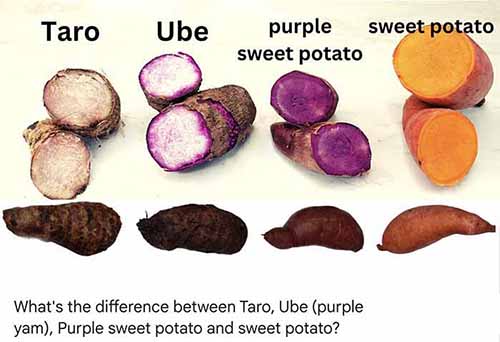
[9] Many thanks to Juanjuan Taste, whose YouTube video (link above0 is the best explanation of these different roots that you can find.
HOW TO USE UBE
In beverages: With its brilliant purple color, creative chefs, baristas, and mixologists are using frozen ube, ube extract or powder (from dried ube) to make trendy, photogenic cocktails, bubble tea, lattes, and other drinks (photos #2, #3, and #4.
Just search for #ube on Instagram!
In sweets: In the Philippines, ube is usually boiled, mashed, and used to make desserts. There are ube candies and puddings like ube halaya, a classic Filipino dessert.
And the most delicious, perhaps: ube ice cream. It has found its way to the U.S. at specialty stores (and even Trader Joe’s).
In addition to extract, frozen, and powdered ube, there is also ube jam, called ube halaya (you can find it at Asian grocers and online).
You can make just about any food to which
Ube mashed potatoes (actually, they’re yam)
Purple savory and sweet sauces
Purple pancakes and waffles
Purple gnocchi and other pastas
Anything dough-based, like dumplings and pierogi
Purple bread and rolls
Purple fritters
Purple yam soup (recipe)
Purple dips, like ube hummus (recipe)
Ube and cheese combinations, sweet and savory, from rolls (pandesal recipe) to cheesecake (recipe)
For an authentic taste of the prepared tuber without having to cook ube, try picking up a jar of ube halaya to spread on toast, top ice cream, make halo-halo (shaved ice), or eat on its own.
HOW TO FIND UBE
Unfortunately, it’s not yet easy to find fresh ube in the U.S. We tried to track some down as of this writing, and couldn’t.
In the Philippines, there are two harvest seasons for ube, in June and December. It has just begun to be grown in Florida, where the warm and humid climate is just right [source].
Check at your local Asian grocery store or online purveyors. Otherwise, do what everyone else in the U.S. does…
Buy it puréed and frozen, in powder form, or as an extract. Check Asian markets and online.
Warning note: If you do find fresh ube, there’s a fair chance that it’s a mislabeled purple sweet potato (a.k.a. Okinawan sweet potato). Even produce managers often confuse the two.
And if you purchase ube in another form (extract, frozen, powder), be certain it is purple yam and not purple sweet potato.
But since ube is our Top Pick Of The Week, do try it at your earliest convenience, either by purchasing something made with real ube, or making something yourself.
There are recipes galore online for anything you could desire, from appetizers through to desserts and snacks.
> Find more of our Top Picks Of The Week.
> There’s a food holiday for every day of the year. Check them out!
> October is Filipino American History Month, a month-long commemoration and appreciation for the Filipino experience throughout American history (which stretches as far back as 1587).
> Philippine National Day, the independence day of the Philippines, is June 12th.
|
|
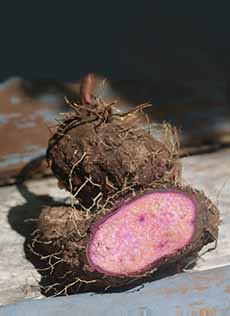
[1] Ube root. Some roots are a much deeper purple (photo © Dinusha Rajapaksha | iStock Photo).
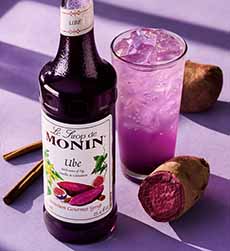
[2] In a selection of drinks. Here, an ube spritz in sparkling water, ginger ale, or lemon-lime soda like Sprite (photo © Monin).
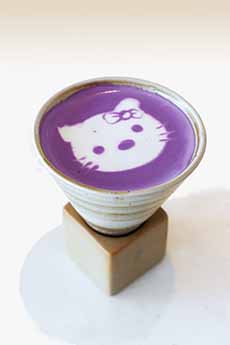
[3] A latte, with ube-colored milk that’s made purple with food color, ube extract, powder, or syrup (photo © Eiliv Aceron | Unsplash).
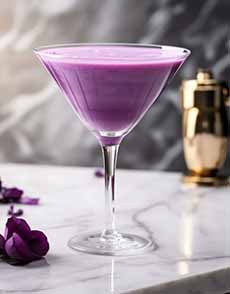
[3] You can do the same with a cocktail (photos #3, #5, and #7 © T. Hasegawa).
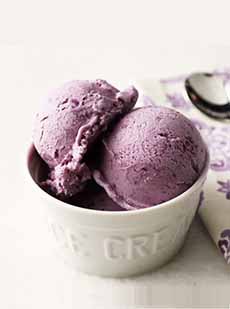
[4] Ube ice cream. Here’s the recipe (photo © Better Homes & Gardens).
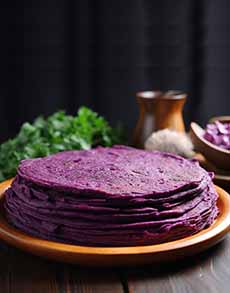
[5] Purple pancakes, anyone? Here’s a recipe.
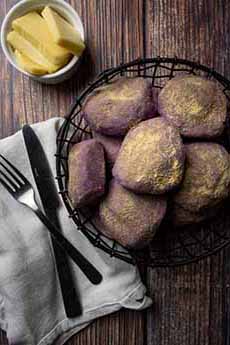
[6] Dinner rolls made purple with ube (photo © Miguel Lorenzo | Unsplash).
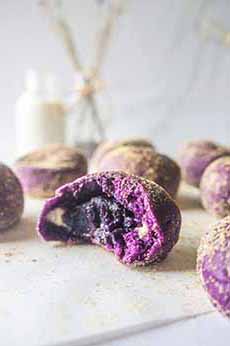
[7] You can make sweet rolls or jelly donuts filled with ube jam.
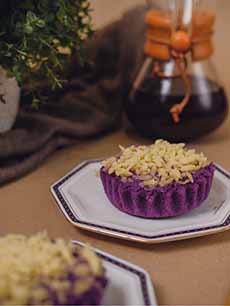
[8] An ube pastry topped with toasted coconut (photo © McHail Hernandez | Pexels).
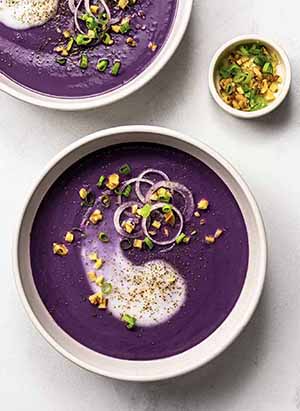
[8] Purple yam soup made with rich coconut milk and fresh ginger. Here’s the recipe (photo © Foodaciously).
|












